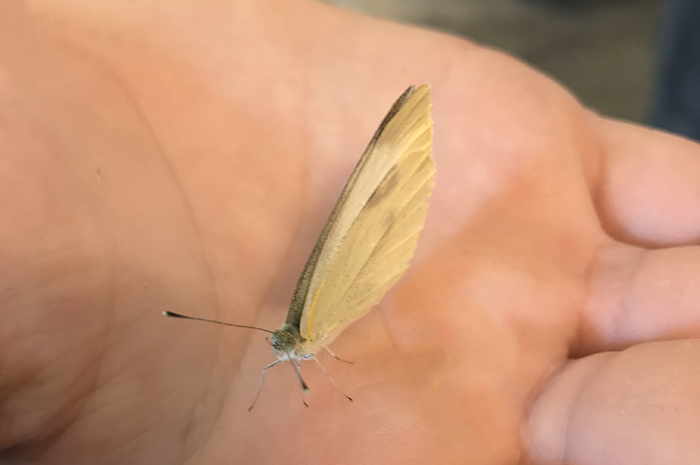
I’ve seen many families shy away from Memoria Press science because of its unique approach. Rather than covering a variety of unrelated topics each year, MP focuses on nature studies during the younger years, deeply studying one topic at a time. The student guides include observation activities, but they aren’t as glamorous as the hands-on science activities found in other programs.
While I love the philosophical reasons for this approach, I’ve also found it to be highly practical. It means our ability to learn isn’t dependent on whether I remembered to buy experiment supplies. We can add hands-on science activities when we want to, but they’re a support to our learning rather than the means of learning.
It’s the best of both worlds.
But how do you add hands-on science activities without losing your mind? Here are some of the things we’ve done over the years (and a few from my “maybe someday” list):
Hands-On Science: Observation
This post contains affiliate links. Links to free items may place an affiliate cookie on your device for future purchases. Purchases help support our family at no additional cost to you. For more details, see our full disclosure and privacy policy.
Observation is the basis of all natural philosophy (natural science) so that’s what we spend the most time on. It trains the eye to notice detail and slight nuances and it builds a sense of wonder — even in us adults. I’ll never forget when my son showed me how the branches on a nearby tree looked like the veins in a leaf!
Outside Time
This is such an easy thing that I think we overlook it. We don’t need to go on extensive nature walks if our circumstances don’t allow it. Kids naturally gravitate towards every creepy-crawly, flowering, or otherwise interesting thing they can find in a backyard.
And don’t forget the animals that live with you! We tend to take their presence for granted, but really observing our pets can lead to new discoveries and newfound respect for them. It’s a great example of why true observation is so important.
Memoria’s Insect, Bird, and Tree studies include Peterson field guides and the kids use these all year for identifying what they find in our area.
They’ll also have me look up things on Google Lens (in the Google App on iOS and Android).
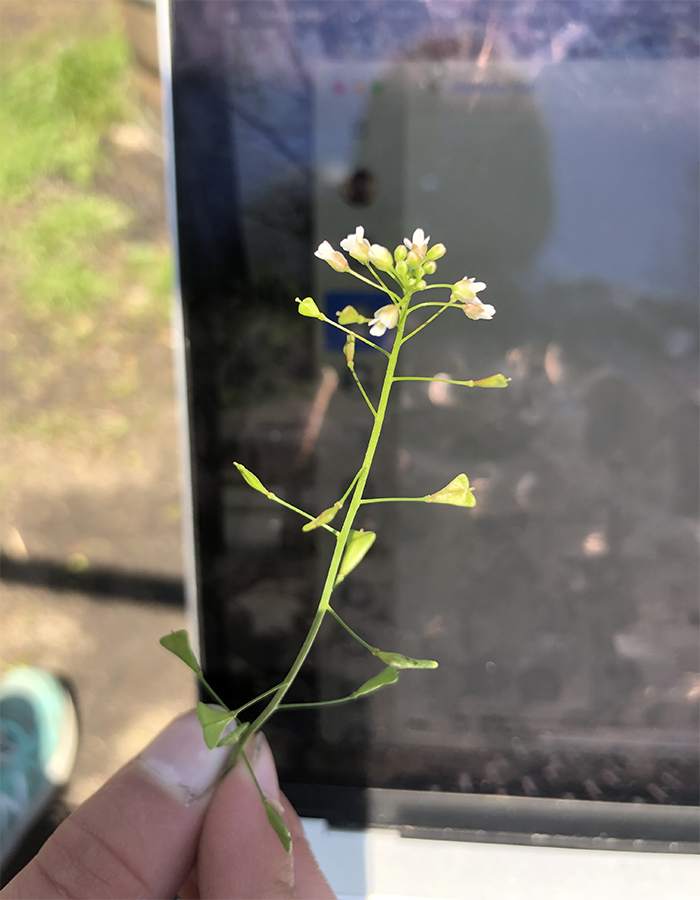
Astronomy is harder for us because we can’t see many stars here in town. Our church is in the middle of a cornfield, however, and the kids took full opportunity of that, excitedly finding constellations one night after Mass.
You can add some intentionality to outside time by providing magnifying glasses, a microscope, and a telescope (if you don’t live in town!). We bought this little microscope for my son for Christmas and it’s perfect for using outside. It was under $10, but the magnification and clarity are excellent.
Observation Apps
When we’re studying animals that don’t live near us, we go online for observations!
Google 3D (in the Google App linked above) allows us to place animals in our house and it keeps the proportions correct so the kids can see the true size of each animal.
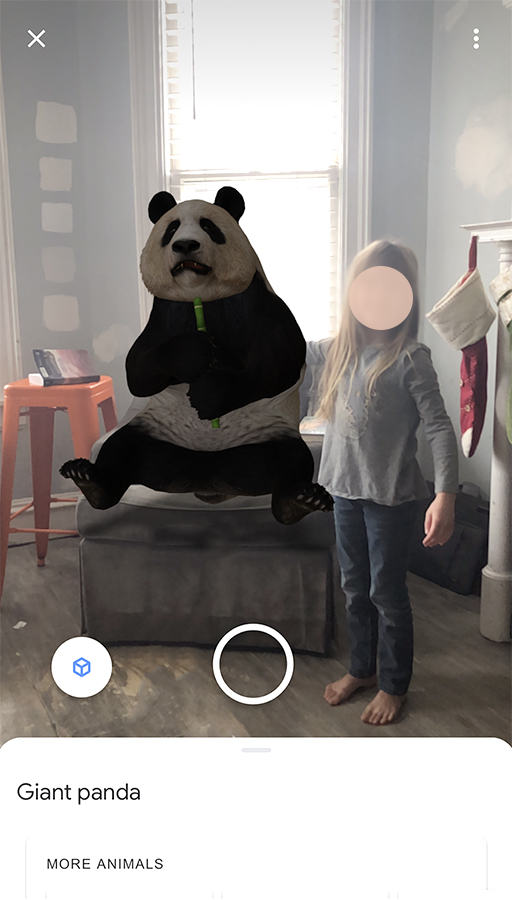
We also use YouTube for observing animals in their natural habitats throughout the world. Sometimes I’ll pull up an explanatory video, but I prefer the ones that talk in the background while keeping the camera on the animals.
My younger crew will start Astronomy soon and we’ll be using the SkyView Lite app (iOS and Android). I chose this one because it shows the constellations as line drawings in the sky rather than using complicated/stylized graphics. This allows the kids to see the pictures as the ancients saw them and keeps the focus on the stars themselves.
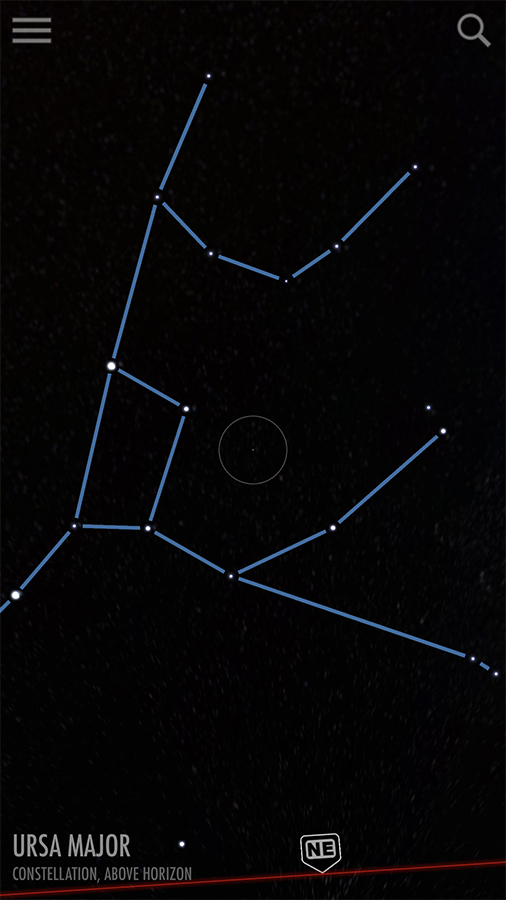
Another thing I love about this app is that I can aim it at the sky and it will show us exactly where everything is, above or below the horizon, night or day!
Field Trips
Depending on where you live, there might not be as much to see in your backyard. In that case, look in your local area for places to visit. Most of these will have something for every Memoria nature study:
- Local farm or orchard
- Zoo (many will have insect areas as well)
- Arboretum or Botanical garden (also good for observing insects and birds; if they have evening hours, you can even do some star-gazing!)
- Aviary
- Butterfly Garden
- Wildlife Rescue (many will have birds as well)
- Conservation area (don’t forget the plants and trees in these areas)
- National Park
- Planetarium
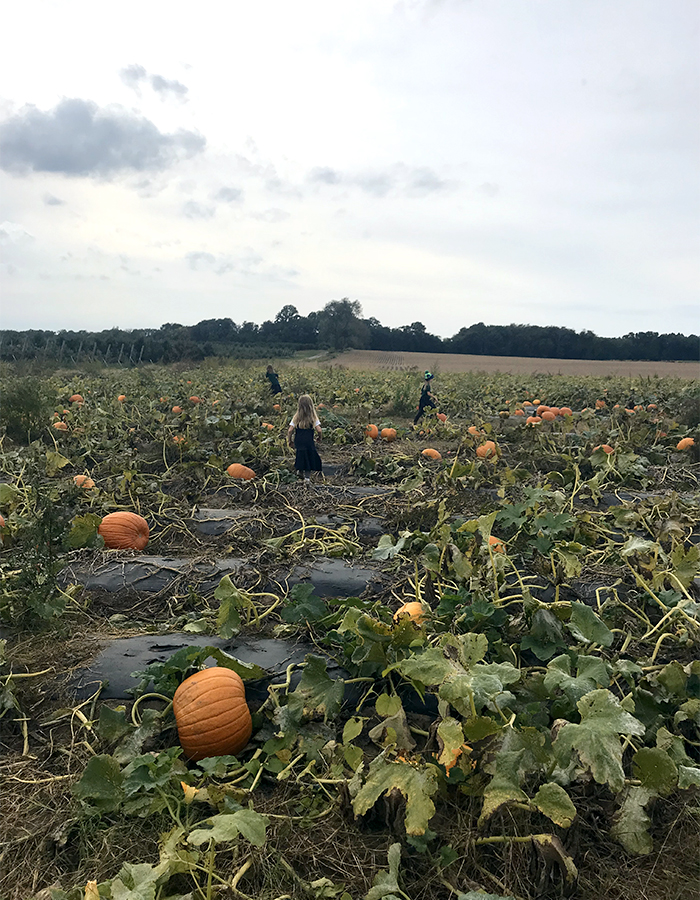
Hands-On Science: Recording
This is the part we need to work on more. The kids gravitate towards booklets, but I’d like to include some of the other ideas as well:
Observation Booklets
We actually learned about these when my oldest two were in Montessori school. They would come home with booklets almost daily and they really treasured them. Unlike nature journals, the focus is on classification rather than sharing observations.
Some possible booklet themes:
- Mammals from a particular continent or habitat
- Mammals or Insects by scientific classification
- Birds by region or size
- Constellations by season
- Phases of the moon
- Various types of leaves, labeled with their scientific classifications; they could also glue actual leaves to each page and label those
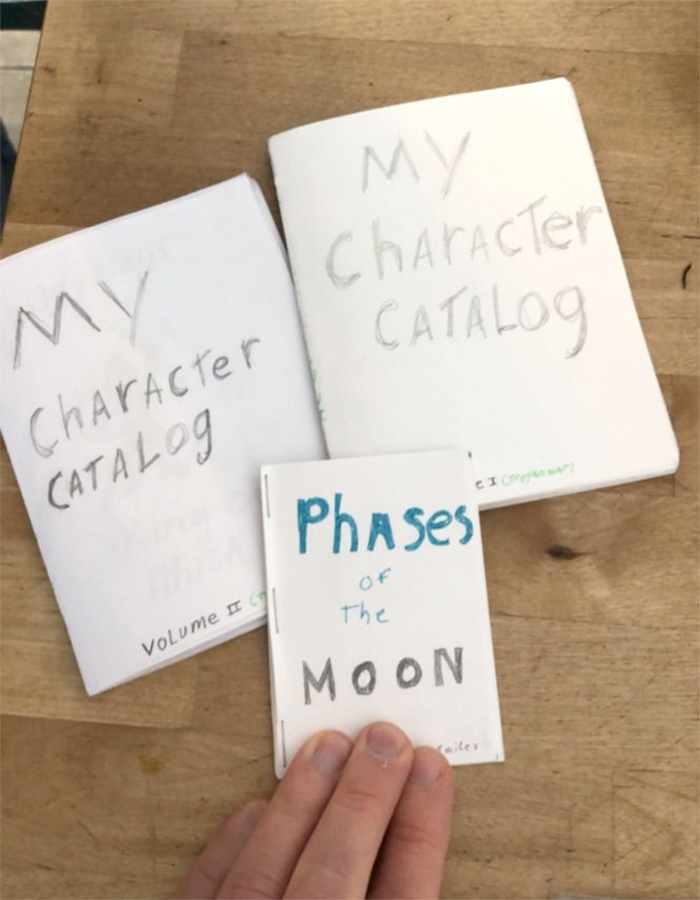
Charts & Posters
Like booklets, charts and posters focus on classifying what has been learned and/or observed. While booklets are more personal, charts and posters can be hung on a wall, placed in a notebook, or displayed on a science board.
The same themes can be used as with the booklets, but charts and posters are also perfect for tracking specific observations such as:
- how many times they see a specific mammal, bird, insect, or tree during a set time period
- how weather affects the initial appearance of various birds in spring
- the butterfly species seen in your area
- the movement of specific constellations over time
- comparing the seed mechanisms of various trees: types, method of spread, distance of spread
Hands-On Science: Communicating
The focus of these ideas is sharing what they’ve learned!
Nature Table
Nature tables are a great way to showcase things your children have found in their outside time. They also give the opportunity to explore each item more in depth.
A nature table is also a great way to start observation skills. Putting out a few seasonal items can peak a child’s interest and make them more aware when they’re outside.
Artwork
For this, you can expand beyond drawings by including different mediums and methods:
- Watercolors
- Stamps
- Leaf and seed rubbings
- Oil pastels
- Pen and ink
- Modeling clay (we love this brand)
- Chalk pastels
- Sidewalk murals
- White ink on black paper for constellations
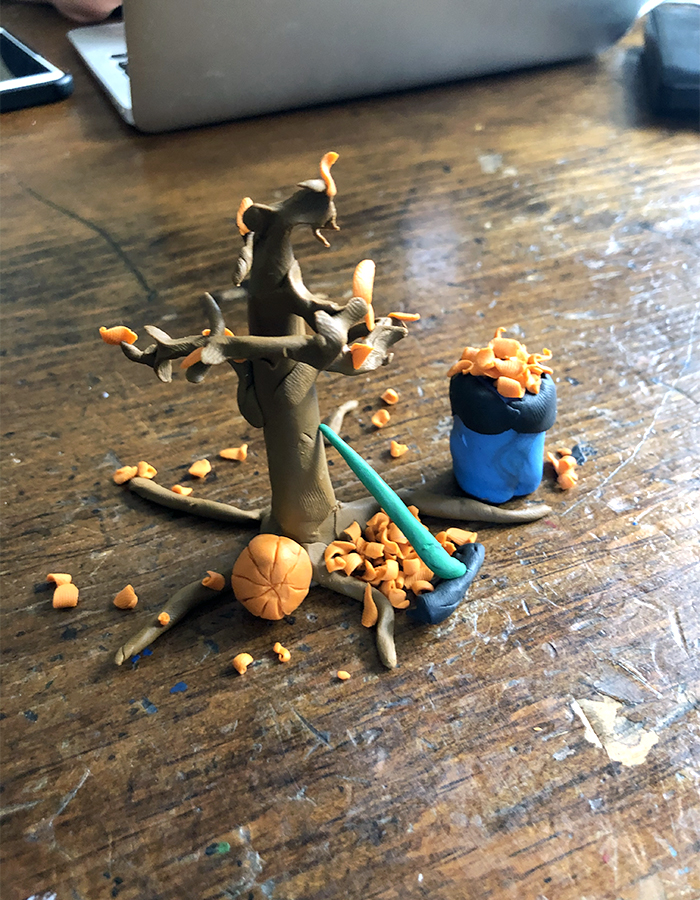
Collections
Kids love building collections, so all you have to do is provide a special box to keep them in. A box with a clear lid would make also make a great addition to a nature table. A friend of mine took this idea a step further and taught her daughter how to gather and pin insects!
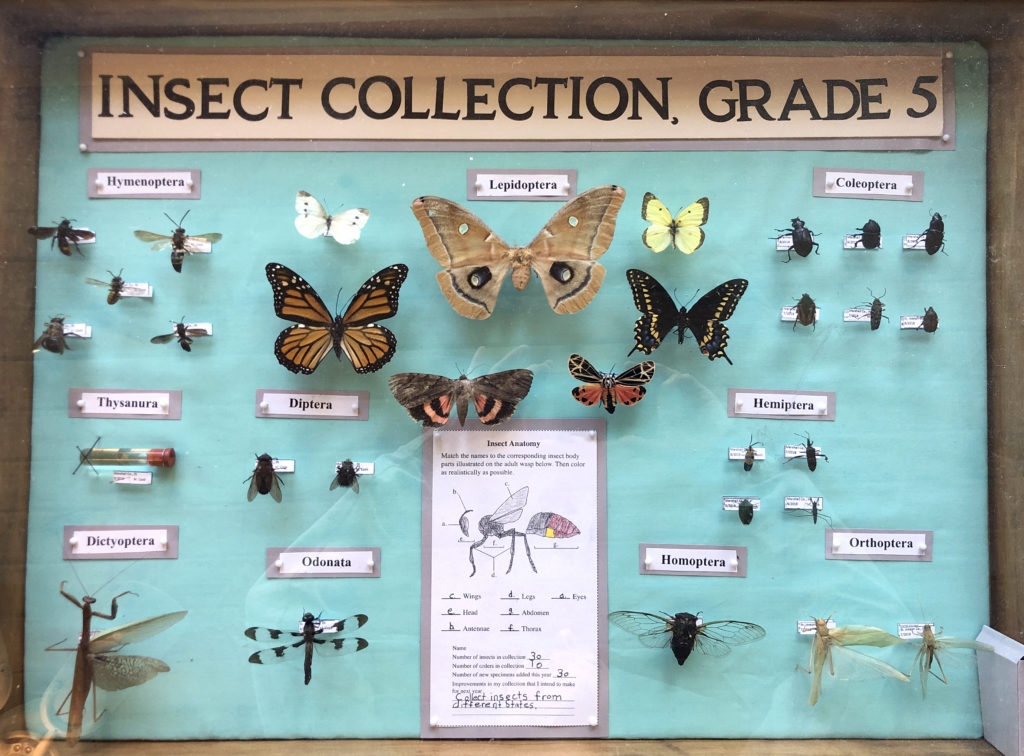
You could even make a mammals collection, using these from Rainbow Resource.
Don’t Stress About Hands-On Science Activities
Keep in mind that early science is all about observing and classifying the world around us. Anything beyond outside-time is icing on the cake and it doesn’t have to be part of your school day. Most of the images above came from everyday life.
Take a Saturday to visit an arboretum as a family. Keep modeling clay on the shelf. Tell them that dark paper and white ink make great sky pictures. Show them exciting things you may read or hear about.
Even if you aren’t able to do hands-on science activities, rest assured that your children are learning more about nature than most children — simply by reading and being outside.
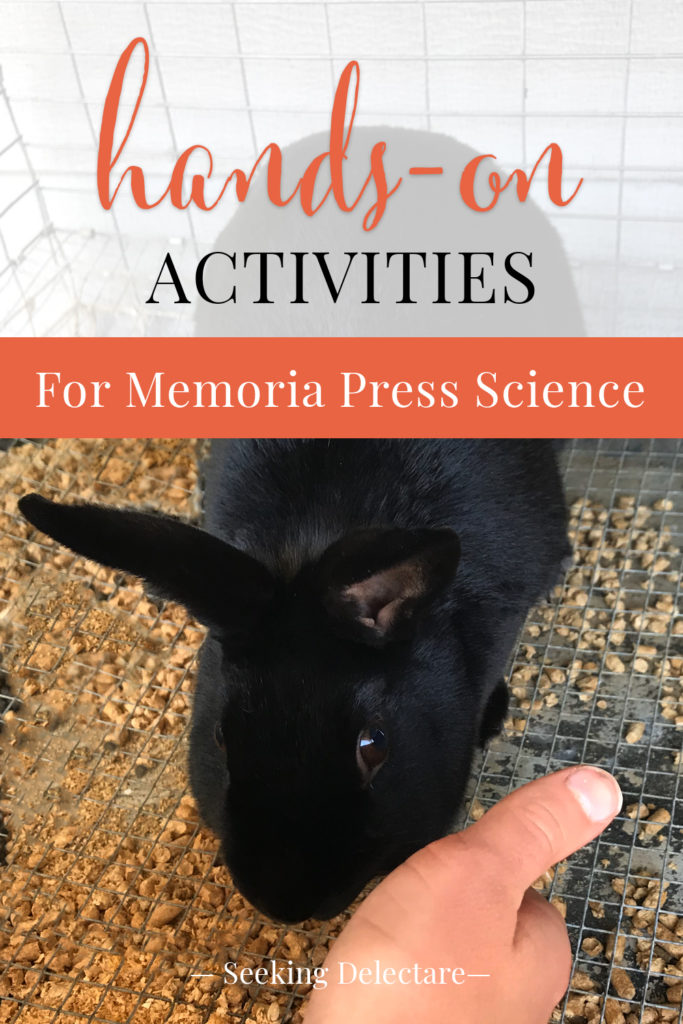
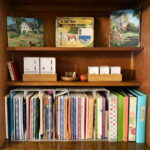

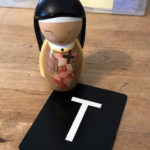
Leave a Reply